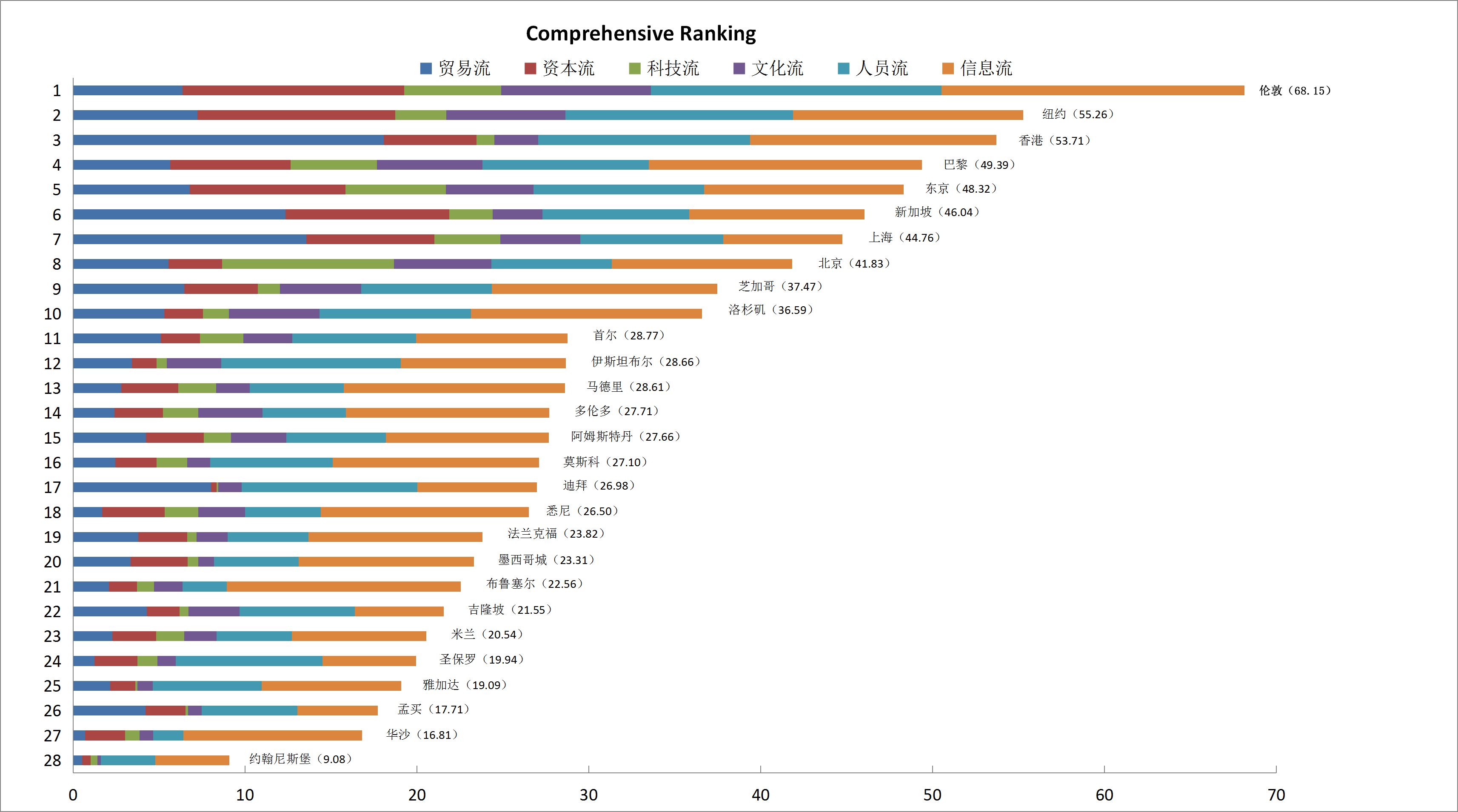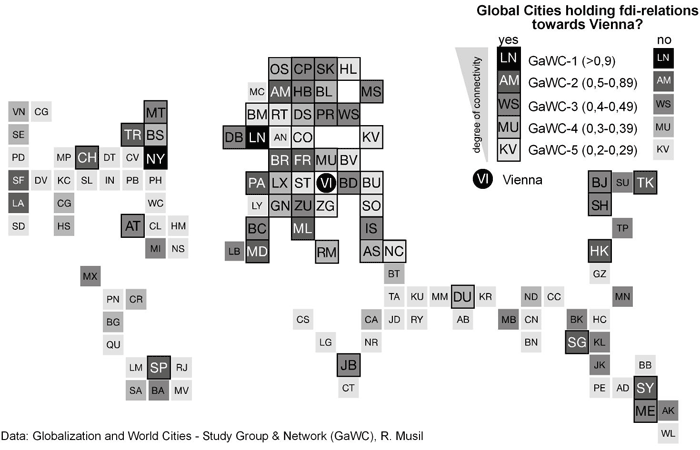
Manila, Mumbai and Jakarta are not only performing well at attracting real estate investment and outsourcing activities but also have more chronic infrastructure supply challenges compared to cities mentioned above. Mumbai has high potential and steps are being taken to strengthen governance But the signs are that they all becoming rapidly integrated into the global economy, and their economic performance has become closely indexed to global demand.

Their per capita income (by PPP) diverges significantly – cities such as Warsaw and Moscow are beginning to enter upper-middle or upper income status, while Indian and some Chinese cities are still closer to US$5,000 per annum. They vary considerably in size, political context and development path. Nearly half of the cities that are driving the process of globalisation are located in the so-called ‘developing’ countries. Today, of the 100 most globalised cities according to GaWC data, 44 are middle-income and lower income cities with real GDP per capita of below US$25,000. In fact, the ongoing Globalisation and World Cities (GaWC) studies reveal big changes in the number and type of cities that are taking on international functions.


(Source: GaWC, 2013 Brookings Global Metro Monitor, 2015) Table: Most globalised emerging cities* City


 0 kommentar(er)
0 kommentar(er)
